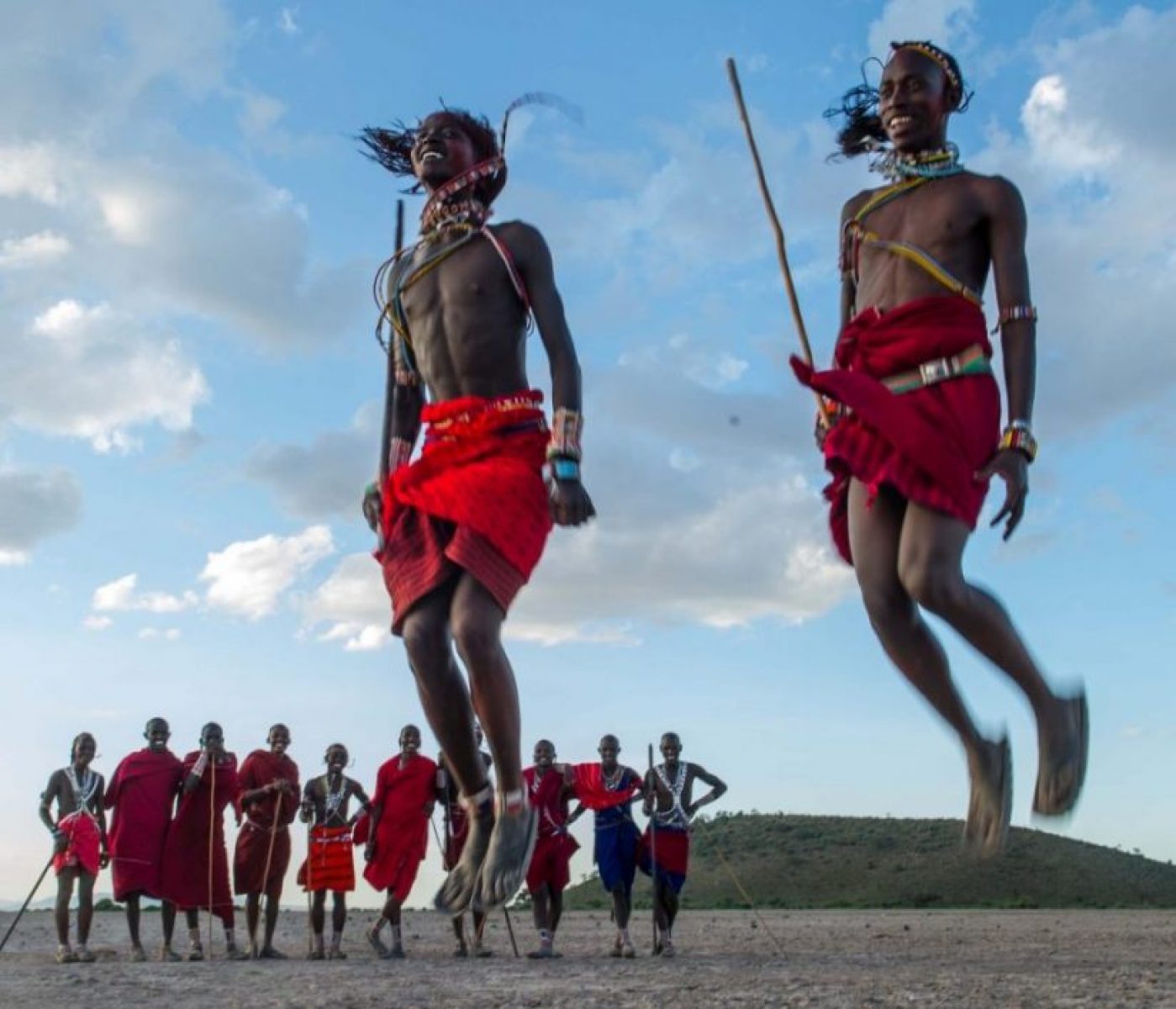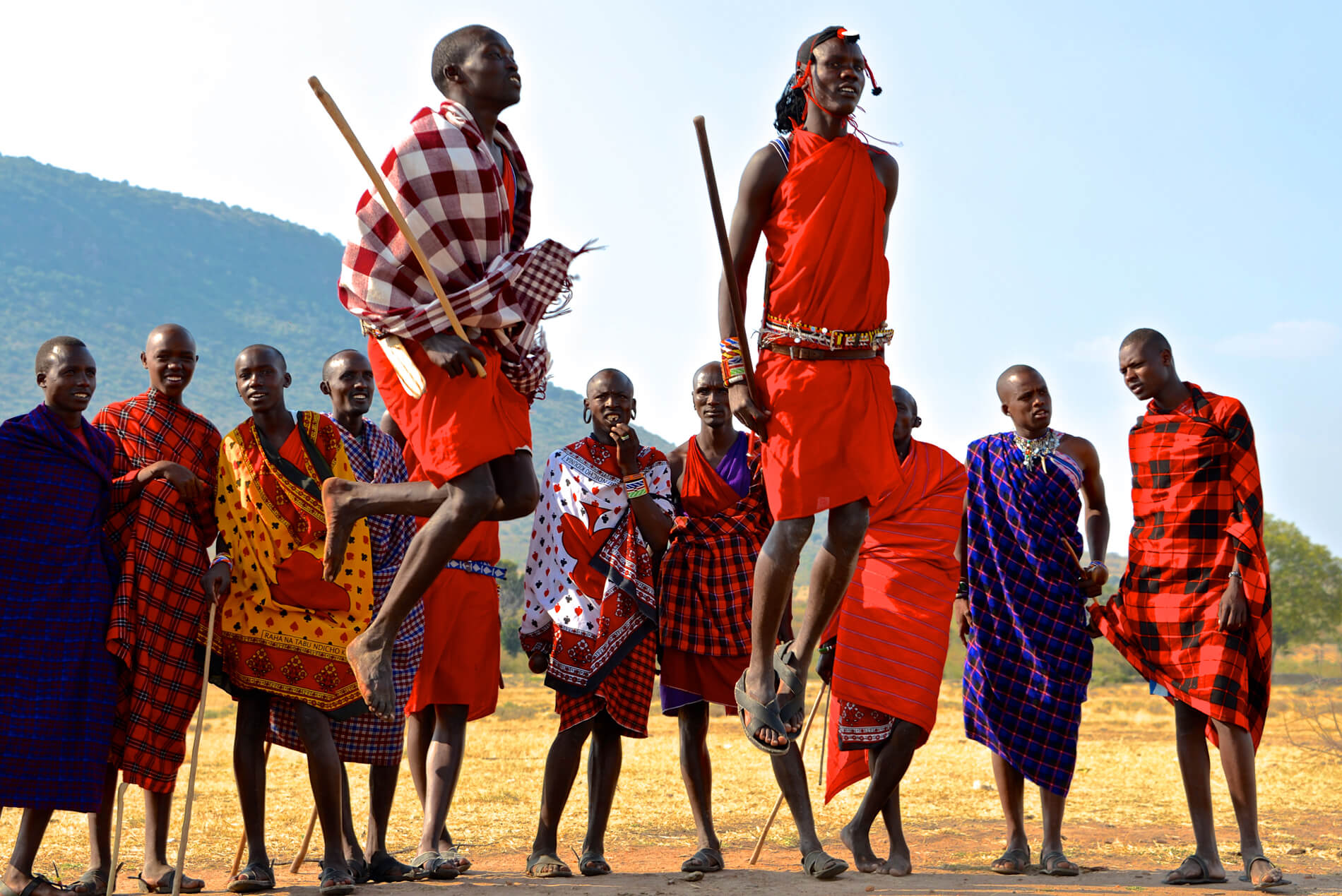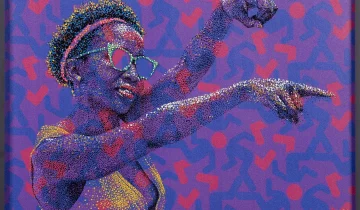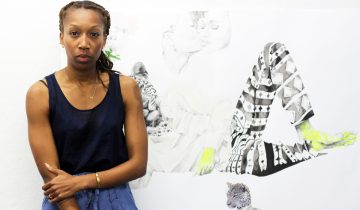The Art of Movement: African Artists and Dance
Ah, the wondrous art of movement, a language that transcends words and speaks directly to the soul. For time immemorial, dance has weaved its way through the tapestry of human culture, and nowhere is this more evident than in the diverse and powerful dances of Africa. At once both an embodiment of history and a living, breathing art form, African dance captures the very essence of the continent’s vibrant culture.
Background of African dance
With a rich and storied heritage that spans millennia, African dance is as diverse as the continent from which it hails. It is a means of storytelling and expression, a language that speaks of community, spirituality, and the human experience. From the rhythmic pulsations of the Djembe to the sinuous movements of the Malinke, African dance encompasses a plethora of styles, each with its own distinct flavor and purpose.
The role of dance in African artistry
Indeed, dance in Africa serves as a conduit for the expression of the human condition, intertwining with music and visual arts to create a tapestry of artistic expression that speaks to the very core of our being. It is in this rich tapestry that we find the art of movement in African dance, a vibrant and ever-evolving aspect of the continent’s cultural heritage that continues to inspire and influence artists around the globe.
Historical context of African dance
To understand the art of movement in African dance, one must first delve into its historical context. Traditional African dance is a living, breathing chronicle of the past, with roots that stretch back into the mists of time. It has evolved and adapted through the ages, a testament to the resilience and adaptability of the human spirit.
Traditional African dance and its evolution through time
Ritual dances, social dances, and rites of passage are but a few of the many facets of traditional African dance. They serve as a means of communication and connection with the spirit world, a celebration of life, and an affirmation of one’s place in the community. Through the ages, these dances have evolved and adapted, a reflection of the ever-changing landscape of Africa and its people.
The impact of colonization and the African diaspora on dance
The winds of colonization swept through Africa, forever changing the continent and its people. In their wake, they left a blending of African and European dance styles, as well as the emergence of African-American dance forms such as jazz and hip hop. These new styles, born of the African diaspora, speak to the adaptability and resilience of African dance and its ability to evolve and flourish in the face of adversity.
Key elements of African dance styles
To truly grasp the essence of the art of movement in African dance, one must explore its key elements. From the thunderous drumbeats that underpin the dance to the intricate movements of the dancers, these elements weave together to create a tapestry of artistic expression that is at once captivating and profound.
Rhythm and musical accompaniment
In African dance, the rhythm is king. The beating of drums and the percussive symphony of other instruments form the very foundation of the dance, guiding the movements of the dancers like an invisible hand. This relationship between dance and music is intrinsic to African culture, a symbiotic bond that speaks to the interconnectedness of all things.
Take, for instance, the Zulu Indlamu dance, performed to the rhythm of drums and a chorus of singers. The dancers, adorned in traditional dress and wielding shields, move in precise, synchronized steps, their movements echoing the beat of the drums. It is a prime example of the deep connection between dance and music in African culture.
Dance movements and body expression
African dance is a full-body experience, a dynamic interplay of movement, gesture, and expression that engages the entire being. From the fluidity of the arms and the undulation of the spine to the subtlety of facial expressions and eye movements, every aspect of the dancer’s body is brought to bear in the art of storytelling and expression.
The Adumu, a traditional Maasai dance from East Africa, exemplifies this use of full-body movements and gestures. In this dance, the warriors leap into the air with legs straight, while their upper bodies remain erect and poised, displaying their strength and agility. It is a powerful and mesmerizing display of physical prowess and grace, a testament to the art of movement in African dance.
 Costumes and props
Costumes and props
In African dance, the visual spectacle is just as important as the movements themselves. Costumes, body adornments, masks, and headdresses all serve to enhance the storytelling and symbolism of the dance, adding layers of meaning and depth to the performance.
The Egungun dance of the Yoruba people of Nigeria provides a striking example of this use of costumes and props. In this masquerade dance, the performers are adorned with elaborate masks and costumes, representing ancestral spirits. The vibrant colors, intricate patterns, and flowing fabrics create a stunning visual display, with each movement and gesture imbued with the power of the ancestors.
Contemporary African dance and its global impact
As the world continues to shrink and cultures collide, African dance has evolved and adapted, finding new forms of expression and influence. From the fusion of traditional styles with contemporary techniques to the growing presence of African dance on the global stage, the art of movement in African dance is more vibrant and relevant than ever before.
The evolution of traditional dance styles in a modern context
In the hands of innovative choreographers and dance companies, traditional African dance styles are being reinvented and reimagined for the modern age. By blending African dance with contemporary styles such as ballet, hip-hop, and modern dance, these artists are creating unique and dynamic forms of expression that push the boundaries of the art form.
South African choreographer Dada Masilo, for example, has gained international acclaim for her reinterpretations of classic ballets such as “Swan Lake” and “Giselle,” infusing them with traditional African dance elements and challenging conventional norms. Through her work, Masilo is not only preserving the rich heritage of African dance but also propelling it into the future.

African dance in popular culture
The influence of African dance can also be felt in popular culture, from music videos and films to global dance competitions and festivals. With artists such as Beyoncé and Rihanna incorporating African dance styles into their performances, and shows like “So You Think You Can Dance” featuring African dance routines, the art of movement in African dance is enjoying a newfound visibility and appreciation.
The role of African dance in the promotion of cultural exchange and understanding
As the world grows ever more interconnected, African dance has a vital role to play in fostering cultural exchange and understanding. Dance workshops and classes provide opportunities for people from all walks of life to engage with African culture, while collaborations between African and non-African artists open up new avenues for artistic exploration and growth.
One such collaboration is the Alvin Ailey American Dance Theater’s partnership with South African choreographer Rennie Harris. Their work “Lazarus,” inspired by Ailey’s life and legacy, fuses African and African-American dance styles in a powerful exploration of resilience and hope. It is a testament to the power of dance to bridge cultural divides and bring people together in a shared celebration of the human spirit.
Restate the Narrative
The art of movement in African dance is indeed a vibrant and essential component of the continent’s cultural heritage, a living testament to the power of dance to capture the human experience and inspire artists worldwide.
The lasting impact and importance of African dance
As we continue to explore and celebrate the rich tapestry of African dance, it becomes increasingly clear that preserving and promoting these traditions is vital not only to the artistic community but also to the broader understanding of our shared humanity. By engaging with African dance, we open ourselves to new perspectives and experiences, fostering a deeper appreciation of the diverse and interconnected world in which we live.
Final thoughts
In the end, the power of dance as a universal language and the unique contributions of African artists to the global artistic community cannot be overstated. It is through the ongoing exploration and celebration of African dance as a dynamic art form that we are able to transcend borders, unite people, and experience the art of movement in all its wondrous forms.
As we immerse ourselves in the captivating rhythms and movements of African dance, let us not forget the lessons it has to teach us about resilience, adaptability, and the human spirit. For it is in the art of movement, in the dance that speaks to the very core of our being, that we find not only beauty and inspiration but also a profound understanding of what it means to be human.
FAQ | The Art of Movement: African Artists and Dance
Q: Who is a famous African dancer?
A: One famous African dancer is Kaffy, a Nigerian dancer, choreographer, and dance instructor who has gained international acclaim for her exceptional skills and contributions to the dance industry.
Q: Is African music linked with dancing?
A: Yes, African music is closely linked with dancing. In African culture, dance and music are often inseparable, with the rhythms and melodies of the music guiding and inspiring the movements of the dancers.
Q: Who is the famous artist of dance?
A: Alvin Ailey, an African-American choreographer and activist, is a renowned artist of dance. He founded the Alvin Ailey American Dance Theater, which has since become one of the most prestigious dance companies in the world, showcasing a diverse repertoire that includes African and African-American dance styles.
Q: What are the most famous African dances?
A: Some of the most famous African dances include the West African Djembe, the South African Zulu Indlamu, the East African Maasai Adumu, and the Nigerian Yoruba Egungun.
Q: Why is dance important to African culture?
A: Dance is important to African culture because it serves as a means of storytelling, expression, and communication. It plays a vital role in rituals, ceremonies, and social gatherings, and reflects the history, traditions, and values of the people.
Q: Is dancing part of African culture?
A: Yes, dancing is an integral part of African culture. Dance is deeply ingrained in the daily lives of many African communities and is used to express a wide range of emotions, celebrate milestones, and connect with ancestors and the spirit world.
Q: Is an African influence of jazz dance?
A: Yes, jazz dance has been significantly influenced by African dance styles and rhythms. The African diaspora brought African dance forms to America, where they eventually evolved and blended with European dance styles to create the foundation for what we know as jazz dance today.
Q: Is hip-hop influenced by African music?
A: Yes, hip-hop is influenced by African music, particularly in its use of rhythm, percussion, and call-and-response patterns. African music and dance have played a significant role in shaping the development of hip-hop as an art form and cultural movement.





 No products in the basket.
No products in the basket.